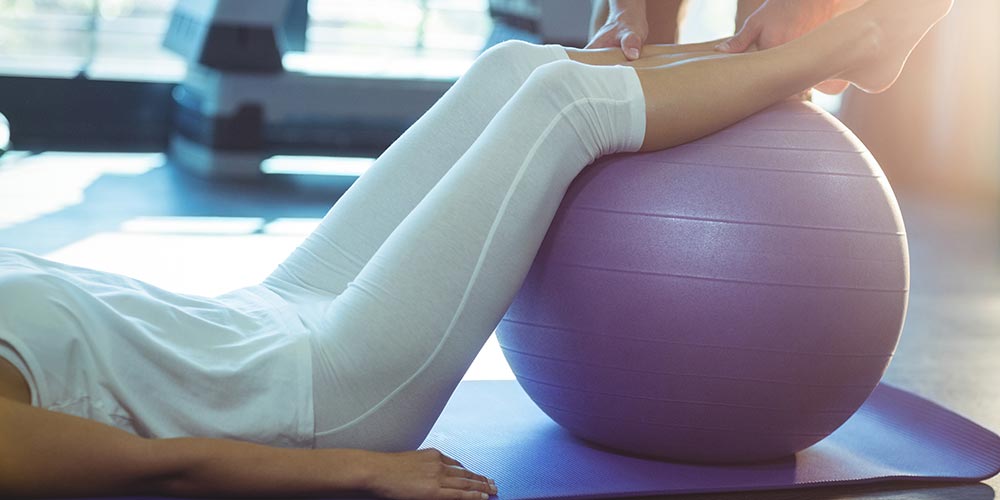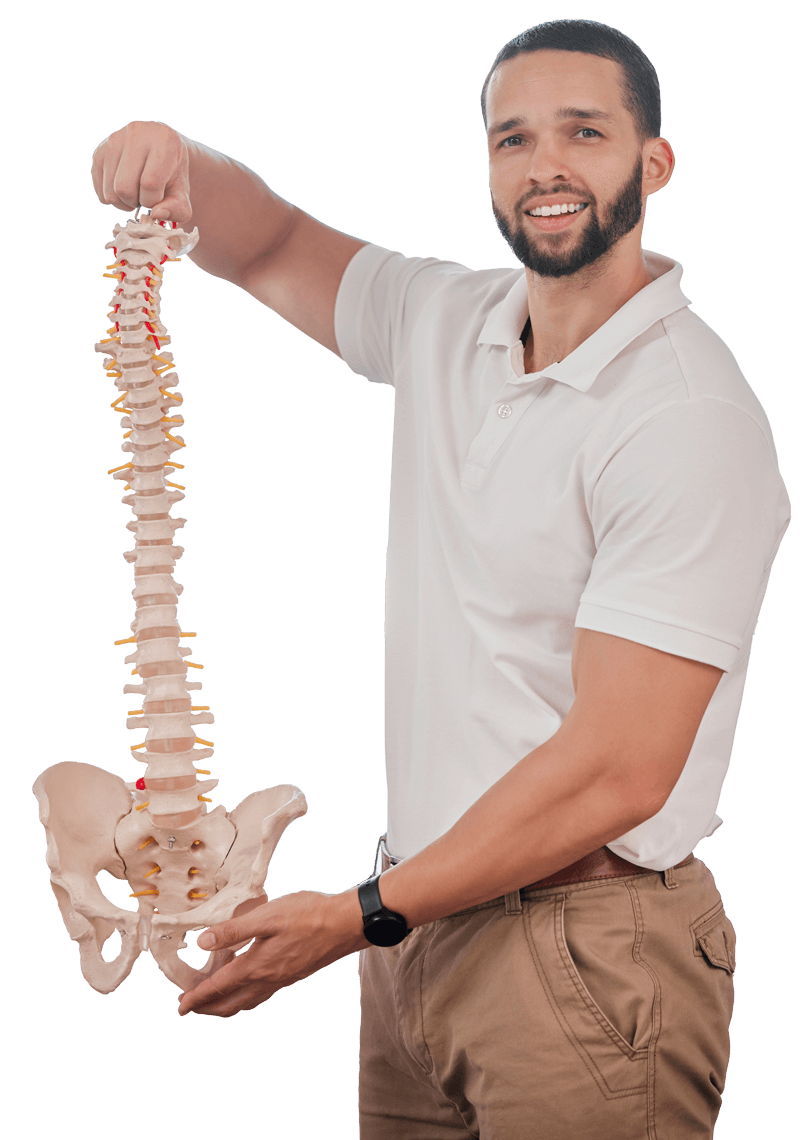Chronic pelvic pain is affecting 25 percent of reproductive-aged women and 50 percent of postmenopausal women. Considering the urinary incontinence issue, men are also not spared. Keeping that in mind, we’ve created the Pelvic floor rehabilitation program to improve the pelvic condition for both the genders.
It aids the supporting muscles of the bladder, urethra, and other organs surrounding the pelvis.
The pelvic region is the area between the belly button and hips. The reason for the dysfunction is many. Some of the common causes include spasm in the pelvic muscles due to surgery or trauma.
In case the pelvic pain is a result of some other medical problem, treating the problem may be enough to eliminate the pain. Therefore, the goal of the Pelvic floor Physiotherapy is to reduce the pain and other symptoms.
Who needs pelvic floor rehabilitation?
Pelvic floor Physiotherapy treatment works for both men and women who have urinary or fecal incontinence. Pelvic floor physiotherapy includes working on the pelvic floor muscle group that is responsible for various functions.
When do you need a pelvic floor rehabilitation program?
You know you need pelvic floor rehabilitation physiotherapy when you feel the pain in the entire pelvic area rather than over a single spot. Some of the recurrent causes that confirm your assumptions are incontinence, difficulty with urination and bowel movements, constipation.
Besides, you may describe the discomfort in one or more of the following ways:
- Intermittent pain
- Dull aching
- Sharp pain and cramping
- A feeling of pressure in the pelvis zone
To put it together, pelvic floor muscle groups support pelvic organs such as gall bladder. In return, it assists flexible bowel movement. Apart from that, the smooth functioning of the pelvic muscles works for good sexual health as well.
Therefore, it might call for a pelvic floor rehabilitation program if you find discomfort standing for long periods and relieved when you lie down.
How do we leverage pelvic floor rehabilitation program to get you better?
Pelvic floor exercises
Pelvic floor rehabilitation program provides a structured framework for reconditioning the pelvic muscles.
Scientifically, the malfunction happens when the tissues that support the pelvic organs are stretched or damaged. As a result, the pelvic organ drops down out of normal position and causing a bulge.
The chronic pain is recurrent in women that gives the feeling of “falling out.” More so, childbirth and aging are the two most common causes of this condition.
Connectively, urinary incontinence is somewhat connected in case of both men and women. For women, there are numerous factors which also links the childbirth and urinary infections or prolonged illness.
As a measure, we recommend pelvic floor exercises. The pelvic exercise helps muscles contract and relax under your command to control the opening and closing of the bladder.
Pelvic floor biofeedback.
Usually, the pelvic floor muscles are difficult to identify. We use a technique called biofeedback to locate the pelvic floor muscles. In this technique, a probe is inserted into a woman’s vagina or a man’s anus to get the results on a computer screen.
Manual therapy.
For manual pelvic floor physiotherapy, a physical therapist may use a hands-on massage. The session helps muscles stretching along with improvement of the posture, blood circulation, and mobility.
Conclusion:
We work with each patient to develop a personalized program for core strength and improving pelvic floor function. Our pelvic floor rehabilitation program is specially designed to treat different types of pelvic floor dysfunction.
We offer personalized, one-on-one pelvic floor physiotherapy sessions in a private setting tailored to your symptoms and health goals. Let us talk about the details.


